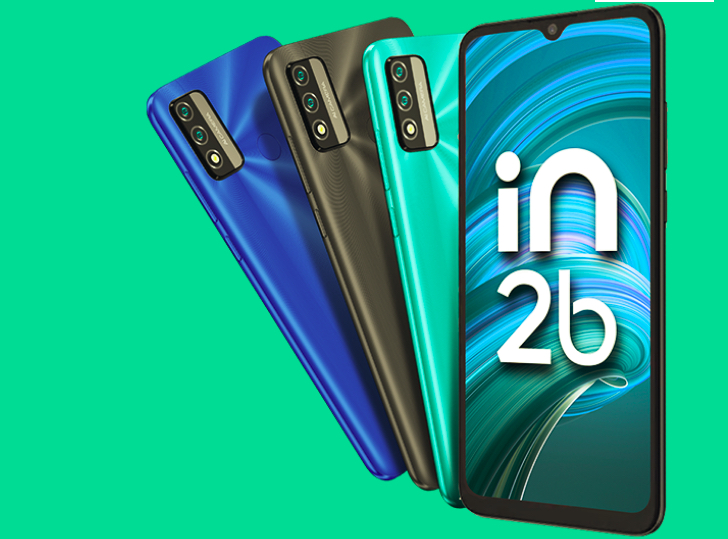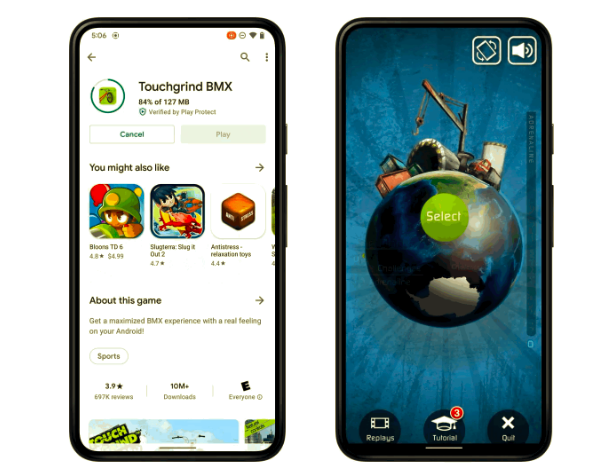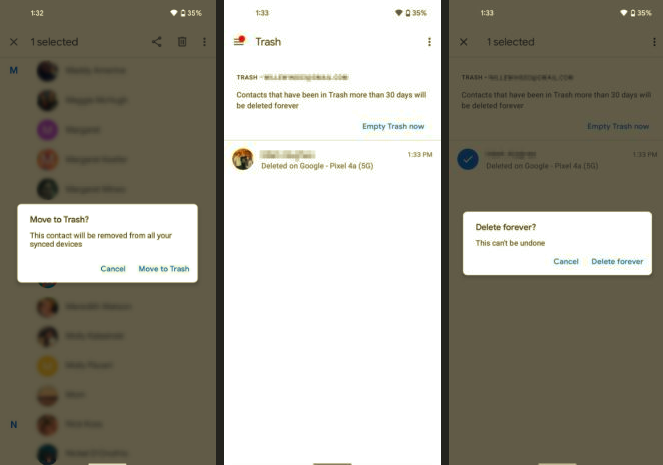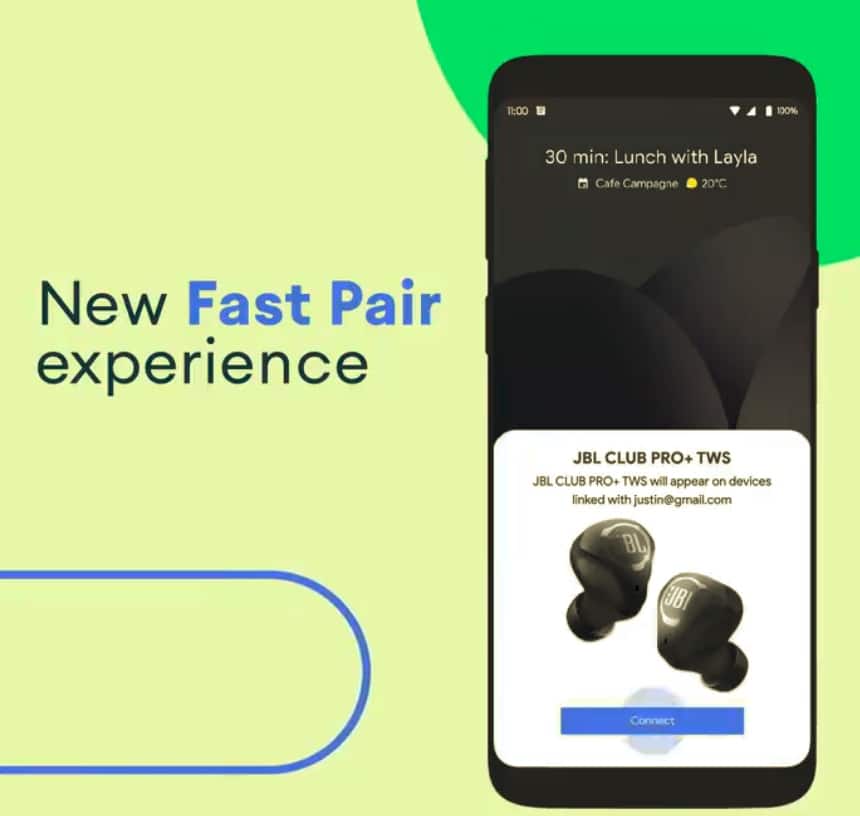Do you prefer Star Trek or Star Wars? If the former, best go for the HTC One. If the latter, head for the Samsung Galaxy S4. There, done.
What’s that? You want some explanation, too? I bring the analogy up because the two smartphones, despite their parity in tech consciousness, are very different in feel and ambition. The HTC One is sleek, metallic, sealed and perfectly formed, with nothing left to chance, part of a hermetically sealed universe in which nothing can go wrong. In contrast, the Galaxy S4 can get a little messy, with a peel off back, cheaper materials, bolt on batteries and memory cards, yet all providing more interest, more flexibility and more room for imagination.
Yet, despite the differences in design and outlook, these two smartphones have become the most prominent competitors in the Android landscape. Here’s my assessment – can there be a winner?
Ultimately, both the HTC One and Samsung Galaxy S4 achieve the same goal, in that they’re both fast devices that are largish for a ‘phone’ and give you access to all the Google services and Android applications that you need. In fact, it’s surprising how many significant differences there are, even if the man in the street might not appreciate most of them at a first glance.

Galaxy S4 and HTC One, rivals in… science fiction?
Build quality, design and durability
Interestingly, it’s hard to judge the materials used by sight alone – the Galaxy S4 uses a faux metal plastic rim around its edge – it’s very convincing until you realise that it’s always warm to the touch (because plastic doesn’t conduct heat – I refer you to school physics classes!) – matching up with the main plastic frame and removable plastic battery cover – you can probably sense a theme here. In contrast, the HTC One is machined out of a solid block of aluminium, apparently and feels like a premium device from the second you hold it for the first time.
This impression is enhanced by the subtle curvature of the One’s back, meaning that it nestles beautifully in an adult palm, despite its overall size. The Galaxy S4 at least has nicely rounded corners and so is not unattractive or uncomfortable.
Another critical design difference is that the HTC’s only physical button (other than the volume rocker) is on the top face of the device, meaning an uncomfortable one-handed stretch fifty times a day to wake the screen or a slightly less awkward two-handed procedure. In contrast, the Galaxy S4 has Samsung’s standard arrangement of a side-mounted wake button plus a physical ‘home’ button on the front face of the phone – either can be easily used one handed to wake the screen and get into your phone.
Durability, anecdotally, from those crazy sites which insist on destroying expensive smartphones in the interests of drop testing them, seems to be similar. This is in line with the physics, whereby the aluminium case is more protective but doesn’t absorb impact shock well, while the plastic frame deforms easily (and the back and battery fly out) but, in doing so, absorbs impact shock well.
Pros and cons for each then. HTC One: 8, Galaxy S4: 8
Display
Modern smartphones are essentially big touch sensitive displays with some fancy electronics and a battery round the back, and the screens dominate each device here – they’re both gorgeous, with high resolution (1080p) and high contrast. Both are also usable (and roughly comparable) even outside in daylight.

The S4 and HTC One screens in hazy sunlight – both still useable, impressively
It’s clear that both HTC and Samsung have brought their ‘A’ game in terms of component choice to these handsets. The One’s screen is very slightly crisper (being RGB and smaller), while the S4’s screen is of slightly higher colour contrast (being AMOLED) and larger overall, given the same plan form factor.
Impossible to split them here though. HTC One: 9, Galaxy S4: 9
Camera and camcorder
Both devices claim to represent just about the ultimate smartphone camera experience, though they’re both wrong. Nokia’s 2012 808 PureView still has its nose in front here. The two smartphones do approach imaging from a very different direction though.
HTC has used a huge slice of lateral thinking in designing around a lower (four) megapixel count: having larger, fewer pixels means less digital noise, better low light performance and less work for the image processor, which means everything can happen faster, including the integration of a high profile ‘zoe’ burst mode for mainstream use. Add in a limited degree of Optical Image Stabilisation (OIS) and the end result is decent (though not outstanding) photos in most light conditions as long as you’re happy with four megapixels – there’s little room for cropping into a photo later on.
In contrast, the Samsung Galaxy S4 has gone the other way. Using the standard 1/3″ (optical format) sensor, the same physical size as the One’s, it packs in 13 megapixels, aiming to max out on detail. Samsung have done a great job, too, in that their advanced image processing algorithms work well to reduce noise while preserving incredible detail. Meaning that you can take a 13 megapixel photo of a scene and, later, crop out a four megapixel section and be very happy with it.
Ideologically, HTC’s approach, with the much bigger pixels that are naturally ‘purer’, is best, but it’s hard to argue with the stunning results from the Galaxy S4. Photos from the latter start to compare with those from Nokia’s leading cameraphones, the N8 and 808, both with much bigger sensors, and I can think of no higher compliment.
Here are a couple of real world comparisons, taken in both good and low light:

Test outdoors scene, in good light, focussing on the brightly coloured logo…

Galaxy S4 image crop vs HTC One image crop – the extra resolution really helps on the S4…

Low/challenging light scene

Image crops from the Galaxy S4 and HTC One in the low/challenging light scene – despite the latter’s ‘ultrapixels’ and OIS, a clear win for the S4 again.
Of course, in addition to considerations of pure photo quality, there’s also the question of ‘smart’ camera functions. HTC has the potentially life saving ‘zoe’ burst mode, effectively always capturing to a buffer in the application and then ‘shooting’ 8 stills from before you tapped the shutter icon and 16 more afterwards. So you see a magic moment and tap the shutter a tiny bit too late – except that it’s not too late, since the One has the shot covered, along with 23 alternatives for you to pick. See my HTC One review for more on this.
Samsung has its ‘smarts’ too, though implemented in a more gimmicky way, with a variety of in-shot and burst modes. And each has to be selected beforehand, making sure that many people will never use them. Again, see my detailed S4 review for more details.

The S4 and HTC One cameras…
In terms of video capture, 1080p footage from each device is decent. The OIS in the HTC One is limited in not supporting ‘roll’, the movement most likely to be involved when filming while moving, for example, so can effectively be discounted. Neither get close to the output from video from the true OIS-equipped Nokia Lumia 920 and 925, but will still be sufficient for most users.
Overall, the S4 is far superior in terms of photo quality and detail, but the One has an edge in terms of software and implementation. The latter is let down by relatively disappointing results – the One shouldn’t just be good, it should be world beating in this regard. And it’s not. HTC One: 7, Galaxy S4: 8
Multimedia
Both devices are excellent for multimedia consumption, whether YouTube video, sideloaded movies or music, with large, high resolution screens that are extremely comparable. The Galaxy S4 takes a slight edge with the gorgeous colours on its Super AMOLED screen, which work brilliantly for video content, but then the HTC One slams back with a bigger advantage – the cinematic sound from the front-mounted stereo speakers.
See my One review for full photos and detail, but the ‘BoomSound’ set-up in the HTC One is superlative and absolutely perfect for sitting down watching some video content, with stereo sound in high quality projected around your ears. The S4’s speaker is good, but is mounted on the back and there’s only one (sooo last year, eh?!)
HTC One: 9, Galaxy S4: 8
Interface and applications
Both the HTC One and the S4 run Android 4, so they’ll be largely the same in terms of interface, right? Wrong. Although most Android applications look largely similar, there are numerous examples of differentiation applied by both HTC and Samsung.
The most obvious is in the control button arrangement. Stock Android is centred around three virtual control icons (back, home, recent), as seen on the Nexus devices, on the recent Sony Xperias and Motorola RAZR devices, plus dozens of others. Instead, HTC opts for two capacitive buttons (back and home), while Samsung goes for three: ‘menu’ and ‘back’ on capacitive buttons and ‘home’ as a large physical button. Switch back and forwards between the two (as I’ve been doing) and you’ll go quietly mad, but regular users will get used to the arrangement on their phone very quickly.
The UI skins, Sense and Touchwiz respectively (again see my One and S4 reviews for full details), each introduce ‘improvements’ to stock Android and are worthwhile in their own ways (see my detailed reviews of each UI here and here, for gory detail). For example, hiding application icons that aren’t needed, adding and removing homescreens, and so on.
Sense does have a big differentiator in BlinkFeed, its aggregator of news and social updates, but Samsung owners can install the original app in this field, Flipboard, and this can be set up in much the same way, though it won’t be as altogether integrated into the homescreen system.
The application bundles are largely equivalent, with Samsung perhaps innovating more with its multi-window view and ‘finger hovering’ air view functionality.
Overall, though, there’s nothing to split the two devices here in real world use, either. HTC One: 8, Galaxy S4: 8
Battery life, storage and flexibility
It’s here that we come to the major difference between the two devices. The S4’s battery is slightly larger at 2600mAh (c.f. 2300mAh), though its bigger screen and Touchwiz tend to be slightly hungrier, so overall battery life per charge is about the same.
However, as expounded at length in my recent editorial, the expandable, flexible nature of the Galaxy S4 makes for a much more powerful device in everyday life. Used to your battery dying just as you head out for the evening? Slam in a charged spare cell (Samsung mains battery chargers are cheaply available). Need more mAh? Just buy the official extended battery and replacement back? Need wireless charging? Again, there’s an official accessory/modification. Fast forward to 2014 and your phone is a year old – the battery will be down to about 60% capacity if you’ve worked it hard, but on the S4 you can just purchase and insert a brand new spare. And so on.
In contrast, the battery in the HTC One is sealed and all bets, all options are off. Yes, you can bring along a microUSB external charger, but it’s not really the same.
Similar, though less clear cut, arguments apply to storage, in that the HTC One limits you to 32GB, with no possibility of expansion via microSD. However, 32GB should be enough for the vast majority of users, while the expandable S4 presents its own (slight) challenge in that there’s only around 9GB free out of the box, so new users will have to both plan to purchase a card and manage where content ends up.
The battery flexibility issue clinches things here for the S4 though. HTC One: 5, Galaxy S4: 8
The verdict
Adding up my points tally gives 49 points for the Samsung Galaxy S4 versus 46 points for the HTC One, a result which feels about right. “Which is the best smartphone to buy” is a question that is easily answered with “the HTC One”, in that the phone is immediately impressive in almost every area. Yet, talking to real users, they find the S4 just edges it in terms of what they can do with the device, week in, week out.
Tellingly, the points difference between the two was the same as the margin in the last category above, i.e. the battery and storage flexibility are the key attributes which lead me to give the win to the S4 overall, but it’s a narrow win and there are a lot of other pros and cons mentioned above that really should be taken into account before someone buys either device.
I stand by my Star Trek/Star Wars analogy though. In real life, I think we’d all love to live in the former universe but would find ourselves in the latter, and this applies just as aptly to the rivalry between the HTC One and Samsung Galaxy S4.


















